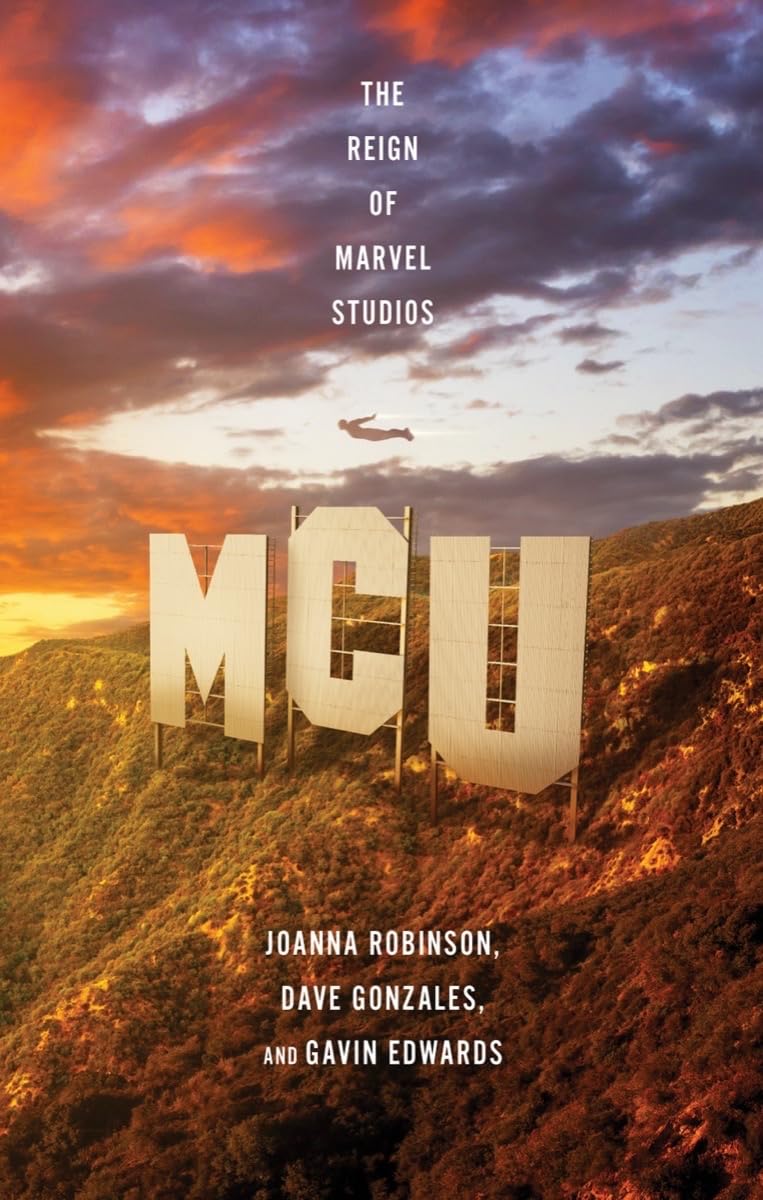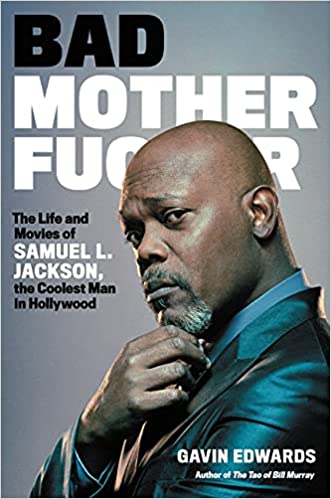Taylor Swift
Mariah Carey and her entourage move through the MTV hallways in a flying wedge, backing Taylor Swift into her dressing room. That room’s approximately the size of a shoe closet, but Swift doesn’t care. Today is going to be her first time performing on TRL–but it’s her second time visiting the MTV show’s Times Square studio. Back when Swift was sixteen, she snuck into the studio to see Hillary Duff. A lot’s happened in Swift’s life since then–she’s had 40 million visitors to her MySpace page, her album’s been on top of the country charts for fifteen consecutive weeks, and three of her hit singles have crossed over to the pop charts. And she’s reached the ripe old age of eighteen.
Before the show, Swift records a bunch of PSAs. The sound guy is pleased to discover he can clip a wireless microphone to one of her cowboy boots. “It’s never okay to ignore discrimination,” Swift intones solemnly into the camera. Then she has a question for the director: “You want me to say it three different ways so you guys have options?”
“Sure,” he says, slightly flustered. “Maybe you should be directing this.”
Swift performs “Teardrops On My Guitar” with a black dress and a sparkly silver guitar that matches her eyeshadow. The song’s about being friends with a boy who’s crushed out on another girl. “There he goes, so perfectly / The kind of flawless I wish I could be,” Swift sings, sounding totally lovelorn–but with wavy blonde hair and long legs, looking ridiculously flawless herself. During the guitar solo, Swift leans back, sees herself rendered several stories tall on a Times Square videoscreen, and nods at her guitarist.
“I will remember that moment for the rest of my life,” Swift says later that day, on a private plane heading down to Greenville, South Carolina. “It was a little nod of ‘this moment rocks.'” Swift and her crew are crammed into the eight-seater Learjet like gerbils in a thermos. Her sound guy is sitting on the plane’s toilet.
Taylor scrolls through some pictures on her iPhone: the most recent set are from her 18th birthday party last December, when her record label gave her a pink pickup truck. (She donated it to charity.) In an early photo session, Swift drew a heart on her left foot with a magic marker, and then vowed that if her album sold two million copies, she’d get that heart tattooed. Now that she’s sold over 2.5 million copies of Taylor Swift, she has a karmic date with a tattoo needle, but she’s looking for a loophole. “I can back out of it,” she insists. “Mostly because my dad said he’d take it off with a belt sander.”
—
In retrospect, Swift’s meteoric success may seem like a no-brainer: all you have to do is find a teenage girl who’s modeled for Abercrombie & Fitch and who writes catchy songs, and then proceed to market her like High School Musical for the country-music market. But before it happened, the conventional wisdom was that although LeAnn Rimes sold tens of millions of records as a teenager in the ’90s, a teenager couldn’t have a country hit these days. For advertising reasons, most modern country radio stations are narrowly focused on women over thirty.
As it turns out, Swift is a rare blend of goofy teenager and polished saleswoman, which has let her tap into a huge market of country-loving teens. She can trade Napoleon Dynamite quotes for hours, but she’s also mastered the art of smooth-talking radio station personnel: her manners are as perfect as her complexion. When she enters the studio of Greenville’s WSSL the next day, she makes sure to compliment the DJ on the new paint job. She is sunny and chipper on the air, and even does the weather report in a bad Cockney accent.
The DJ, Kix Layton, has brought along his 15-year-old daughter, Jordan. Swift poses for pictures while speaking the common language of MySpace and Zoolander. “Let’s do one where we smile,” Swift tells her, “and then we’ll do Blue Steel.” If Swift were still in school, this would be her senior year. Instead, she’s approving designs for a line of Taylor Swift dolls.
“You smell great,” Jordan says. “What are you wearing?”
“Britney Spears’ Fantasy,” Swift says.
Swift grew up on a Christmas-tree farm in Pennsylvania. Around age 7, she switched from the Spice Girls to LeAnn Rimes, and soon wanted nothing other than to sing country. Her family visited Nashville when she was ten; Swift dropped off demo tapes with every record label she could find. One year later, the family moved to a Nashville suburb. Swift kept writing songs–even in math class. She debuted “Our Song” at a school talent show when she was in ninth grade; the song ultimately spent six weeks on top of the country chart. Swift opted out of an early record deal where the execs didn’t want her to perform her own material, and by age 16, had released her debut, with eleven songs, all written or cowritten by her.
“Pictures to Burn” has a lyric that perfectly captures the mindset of a teenage breakup: “Go and tell your friends that I’m obsessive and crazy / That’s fine; I’ll tell mine you’re gay.” Swift later modified that line so as not to give offense, but her songs are wittier and more evocative than the output of many writers twice her age. If she keeps maturing as a songwriter, she’ll be a fearsome talent in a few years. “My favorite song on the record lyrically is called ‘Cold As You,'” she says. “The hook is ‘I’ve never been anywhere cold as you’. I love a line in a song where afterward you’re just like… burn.” Are her best songs burn songs? “Nah, I think my best songs are longing heartbreak songs.” These days, Swift writes those songs largely from her imagination–she broke up with her last boyfriend two years ago so she could focus on her music. “I put these blinders on and I have not taken them off in two years. I don’t even know if I would be good at dating now.”
—
“I love soundcheck!” Swift says. At Spartanburg’s Memorial Auditorium, the back hallways are not as glamorous as at TRL: no Carey, no Ashanti, no Christina Ricci. But Swift hits the stage with redoubled enthusiasm. She genuinely loves most parts of her job, even standing around for hours signing thousands of autographs, but soundcheck seems to inspire a higher level of excitement. Swift and the band work up a new cover for the encore: “The Middle” by Jimmy Eat World, with a fiddle run taking the place of the guitar solo. Other non-country songs Swift has covered recently: Eminem’s “Lose Yourself,” Rihanna’s “Umbrella,” and Def Leppard’s “Photograph.” That last one didn’t go over so well. “Kids born in ’92 don’t know it,” Swift says. “I’m apparently the only ’80s freak of my generation.”
Swift retires to her bus. Later that night, she’ll have a crowd of two thousand, mostly teenage girls, screaming for her every move, but right now, she’s got more work to do. She efficiently autographs a big stack of CD booklets–her merchandise table offers the signed albums at the show. “It sells a lot more CDs,” she says, flashing a grin. “And I like being number one.”
Article by Gavin Edwards. Originally published (in a dramatically shorter version) in Rolling Stone 1051 (May 1, 2008).


